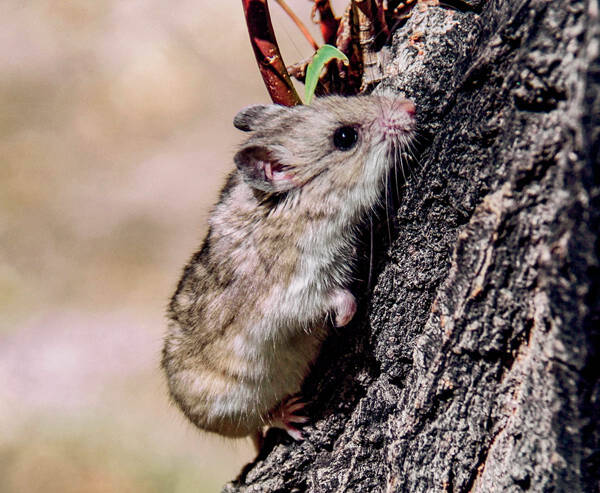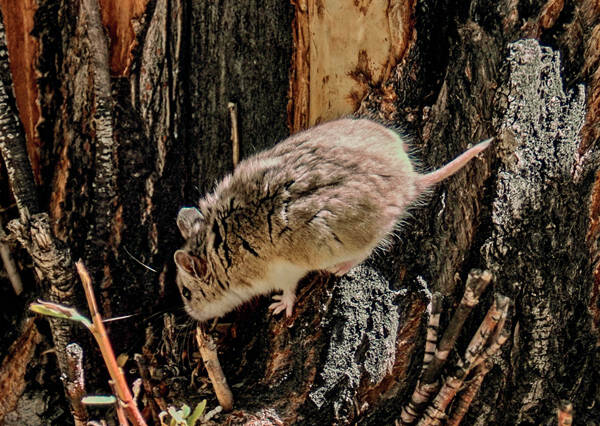Alticola argentata
IUCN
LCBasic Information
Scientific classification
- name:Alticola argentata
- Scientific Name:Alticola argentata,Gray Mountain
- Outline:Rodents
- Family:A.argentata Rodentia Cricetidae A.scorpion
Vital signs
- length:90-102mm
- Weight:
- lifetime:
Feature
The top of the head and back of the body are light brown-gray, with dark gray base and light brown tips; the belly is grayish white, with gray base and white tips.
Distribution and Habitat
In China, it is distributed in Xinjiang and Gansu. Abroad, it is distributed in northern India, eastern Pakistan, Kyrgyzstan, Kazakhstan, and Tajikistan.
It mostly inhabits low mountain and hilly dry steppes, mountain grasslands, and mountain forest meadow grasslands. The upper limit of vertical distribution can reach subalpine meadows. Typical habitats are gravel piles, rocky slopes covered with clumps of leather, grasslands covered with rocks, and rocky river valleys.
Appearance
It belongs to the same genus as the Alpine trout, so the posterior edge of the palatine bone of the skull does not form a longitudinal ridge. Individuals of this species are similar to the Alpine trout, with a body length of 90-102mm. But the tail is longer, and the ratio of tail length to body length is up to 47%, and the average is more than 40%. The color is also quite different from the Alpine trout. The silver Alpine trout is lighter in color, with a silver-gray tone and mixed with gray-black hair. The base of the hair on the abdomen is black, and the hair tips are white. The tail is usually white, covered with long white hair, and the back of the tail of a few individuals is yellow-brown. Both the front and rear feet are white.
Details
Belongs to the subfamily Arvicolinae. Its taxonomic status is controversial and is generally considered a synonym of Lowe's alpine croaker (<Alticola roylei>). The subspecies classification is also confusing. All species of the genus Alticola have a relatively limited distribution and harsh environment, making specimen collection difficult. The relationship between the silver alpine croaker and Lowe's alpine croaker is currently unclear.

The gray alpine pheasant is active day and night, but is most active at night and in the morning. In summer, it often invades the wooden houses and felt tents of herders. The caves are built in the gravel piles and the cracks of the hillsides. It is rare to build caves in open, flat and stone-free grasslands.
The gray alpine rat mainly feeds on grasses. In warm seasons, it feeds on the green parts of various grasses. In autumn, it stores hay under stone piles and in stone cracks for winter consumption.
The gray alpine rat breeds from April to September every year. It produces 1-2 litters per year, with 4-9 pups per litter, and most of them are 5-6 pups. In the forest-steppe zone on the northern slope of the Tianshan Mountains in western China, the rat breeds at least twice a year, with 5-9 pups per litter.

The gray alpine rat is a small rodent commonly found in the Tianshan Mountains. It often invades temporary residences of residents in summer pastures and camps of field surveyors, steals food, and bites objects, thus posing a temporary hazard. It may also cause certain damage to the development of mountain pastures and forests. In addition, the gray alpine rat may occasionally participate in the epidemic of plague among animals.
Listed in the 2008 IUCN Red List of Threatened Species ver 3.1 - Near Threatened (NT).








